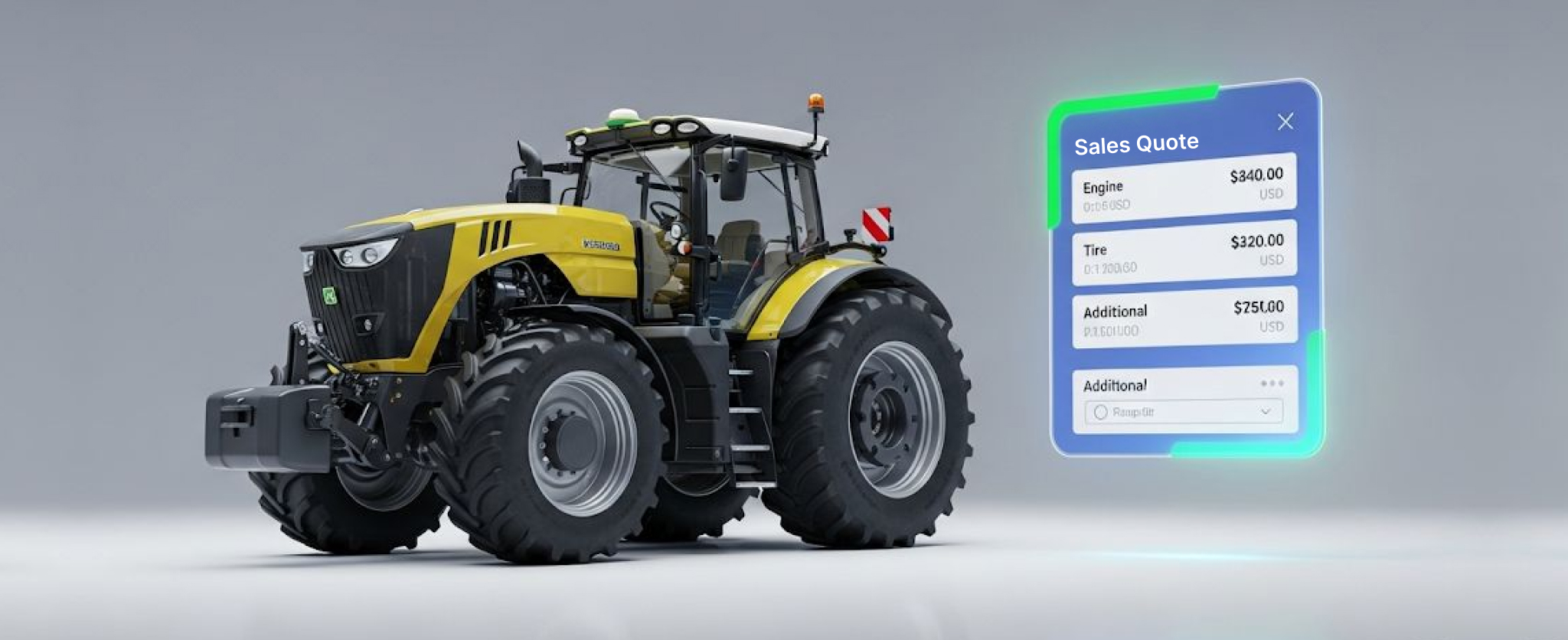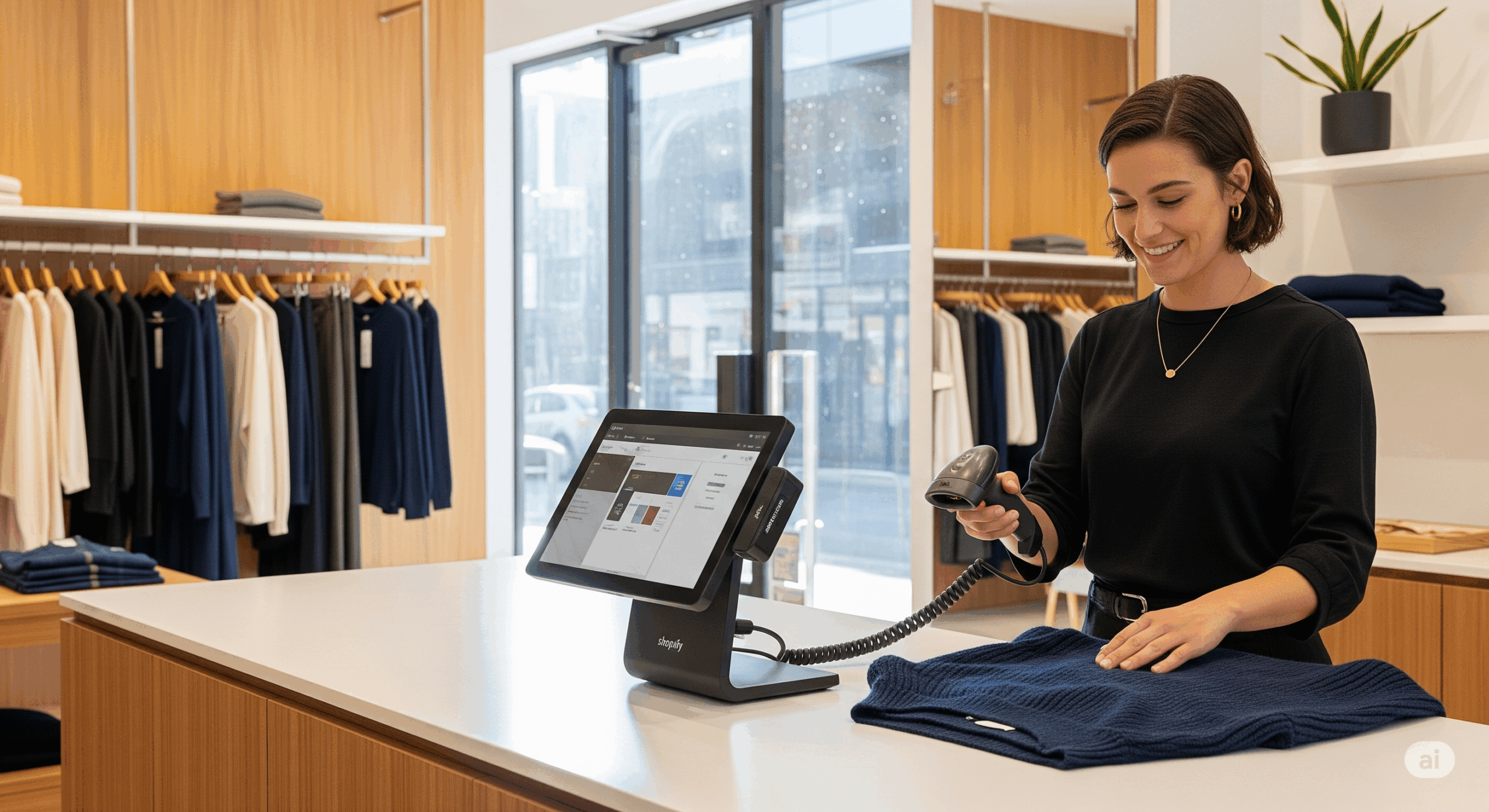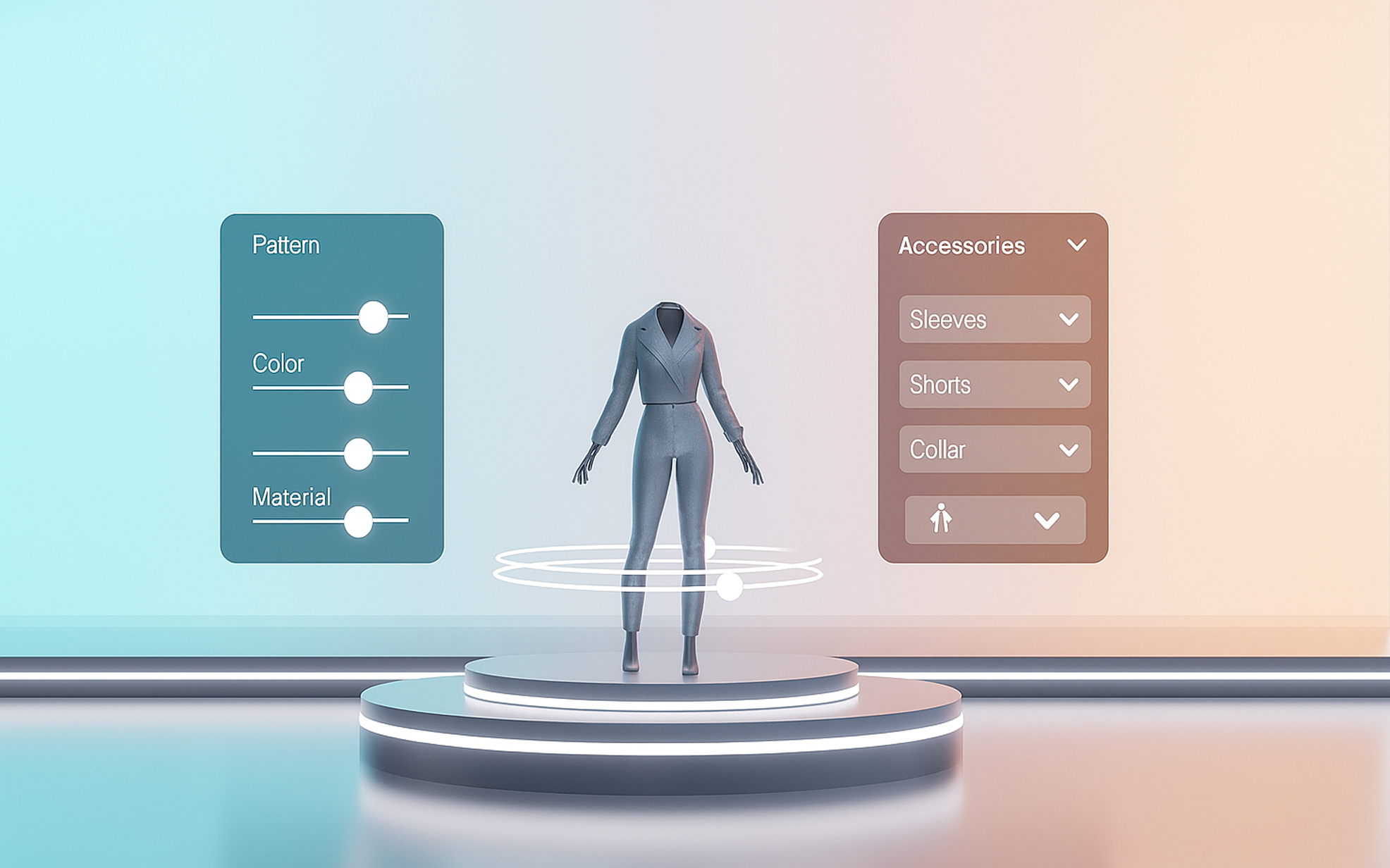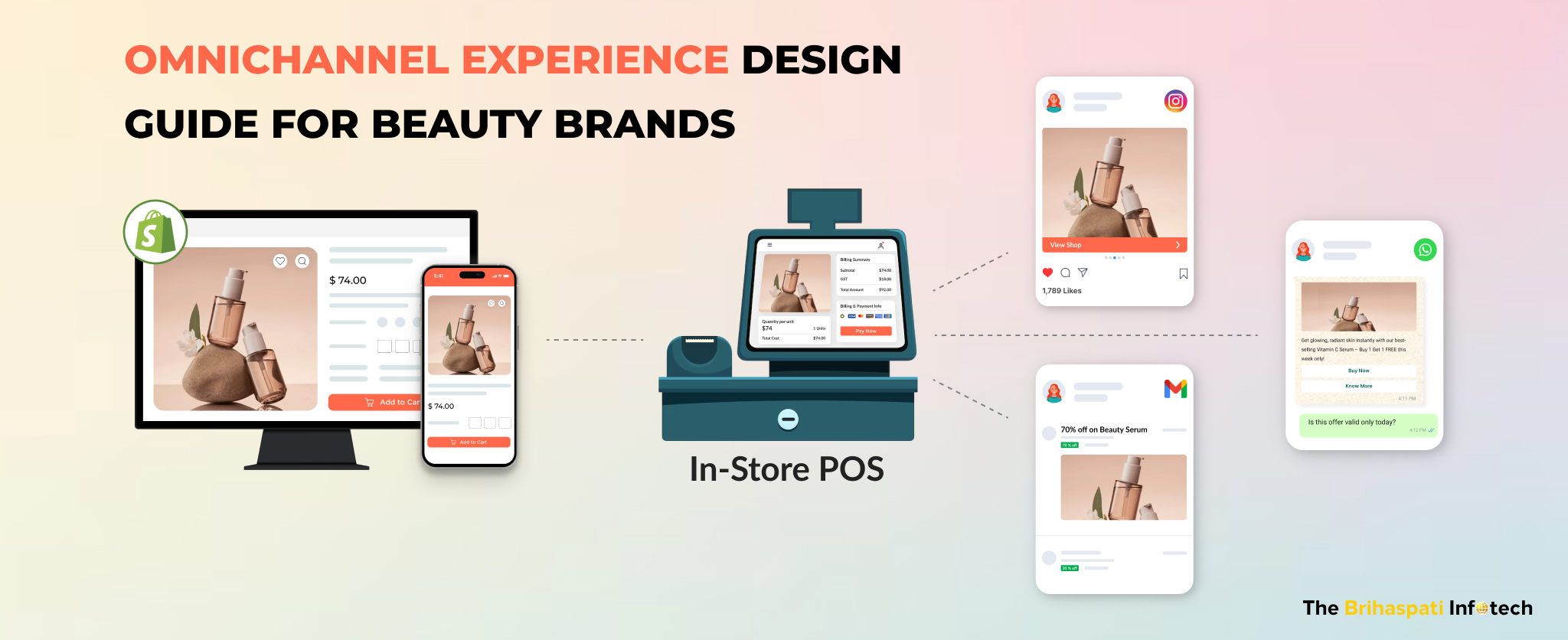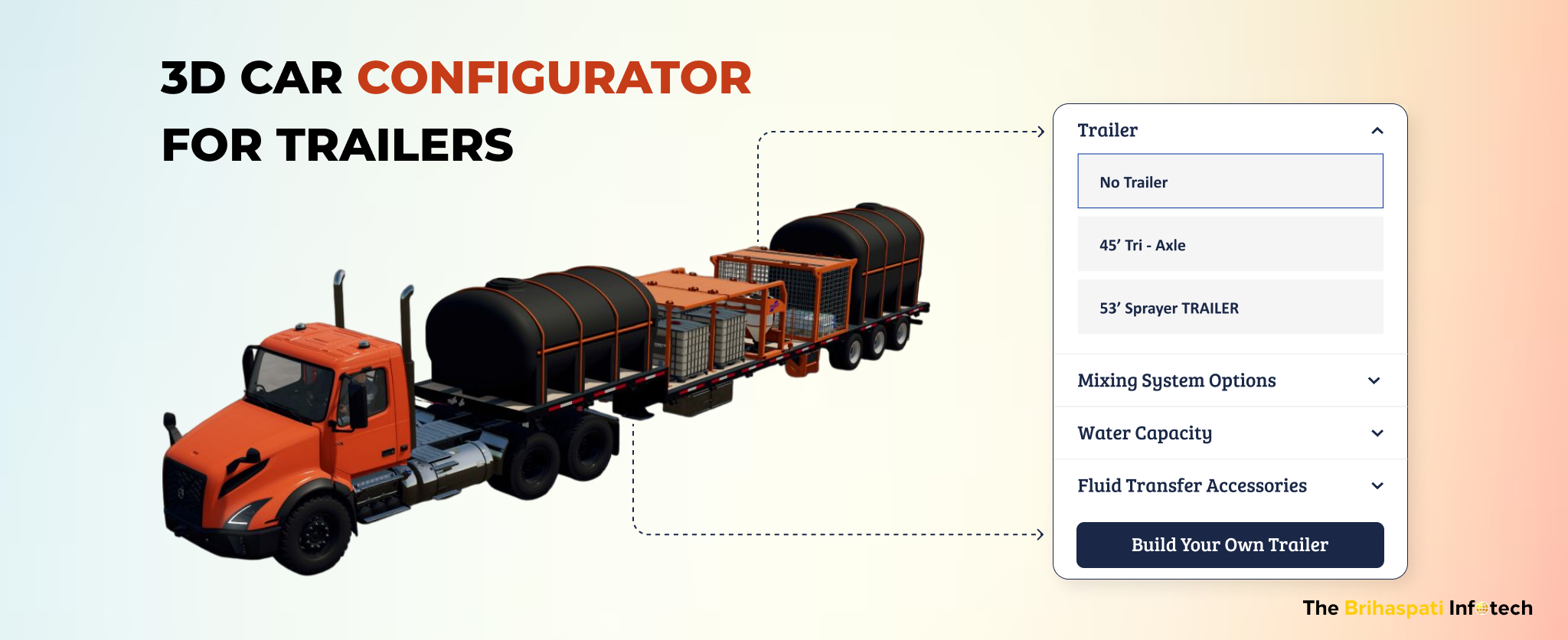
Build Data Sync App for Shopify: Smarter Sales Insights
Handling product and order information for several Shopify stores? It’s a lot. Without automation, you’re risking errors, inefficiencies, and missed opportunities. That’s where a Shopify data sync app saves the day.
Our Shopify development agency has recently built a custom app for an esteemed data analytics company. The app seamlessly syncs product and order information from various Shopify stores into a single database. It gave our client precise, up-to-date data and richer insights to boost their decision-making.
Tired of juggling multiple platforms and want your Shopify shops to work better? Hire a Shopify app developer skilled in custom solutions.
In this blog, we’ll walk you through the development process of this app and how it helped our client boost their workflow and manage their data with ease.
What is a Shopify Data Sync App?
A Shopify data sync app is a tool that automates syncing product, order, and customer data across multiple Shopify stores or systems—no more manual data entry.
This app keeps all your shops synced with precise, up-to-the-minute data. Running one store or a bunch? It makes staying in control a breeze.
How does the Data Sync App for Shopify work?
Here’s how the data sync app works to make managing your Shopify stores easier:
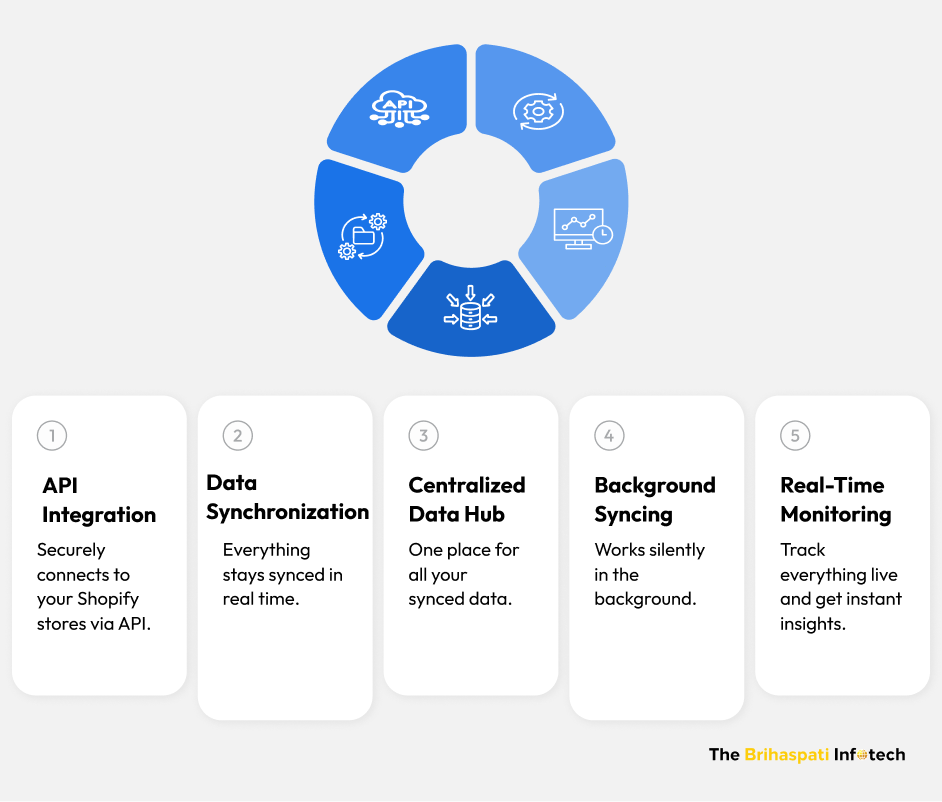
- API Integration: Securely connects to your Shopify stores via API. Pulls and updates product, order, and inventory data automatically.
- Data Synchronization: No more outdated information. Everything stays synced in real time.
- Centralized Data Hub: One place for all your synced data. Easy access, analysis, and reporting.
- Background Syncing: Works silently in the background. You focus on business, the app handles the rest.
- Real-Time Monitoring: Track everything live and get instant insights whenever you need them.
Ready to optimize your Shopify stores? Connect with our Shopify development agency to build a custom app designed to boost your business efficiency!
How We Created a Data Sync App for Shopify: Case Study
The client — a leading data analytics organization — needed an automated solution to sync product, order, and inventory data across multiple Shopify stores.
The challenge? Too many stores with a lot of data.
The goal was simple: unified insights and streamlined reporting for their partners.
We built a custom Shopify app using Shopify API, Python, Django, and MySQL for secure storage. The app connects to multiple Shopify stores, pulls data into a central hub, and makes it easy to access, analyze, and report — all in real time.
Before diving into the details of how we built the app and the features we added, here’s a quick snapshot of the key problems, solutions, and outcomes:
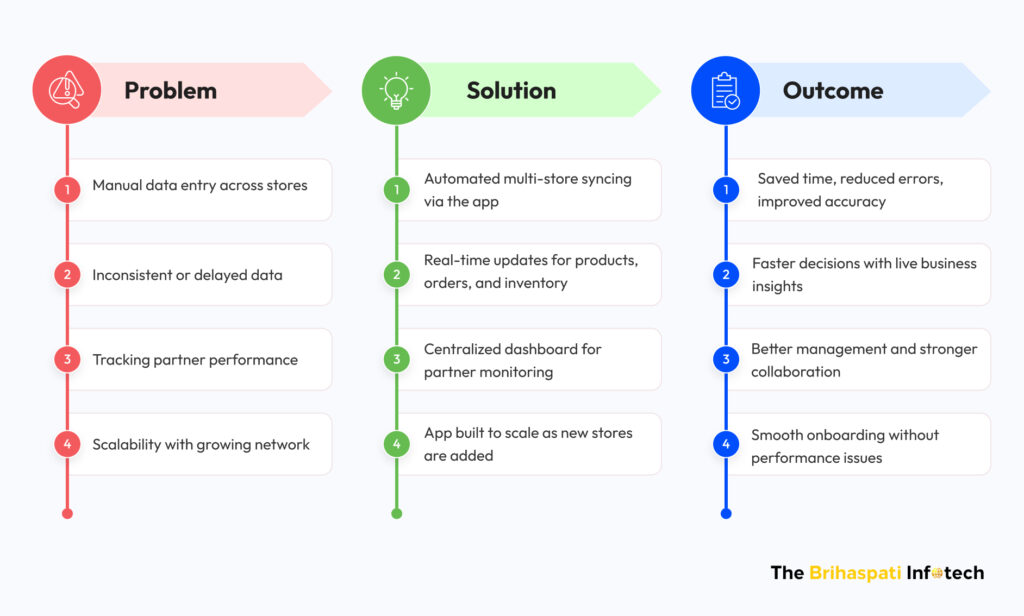
1. Choosing the Right Tech Stack
To ensure the app would be robust, secure, and scalable, we selected a tech stack that included:
- Shopify API for seamless integration with multiple stores.
- Python and Django for the backend to handle complex data operations and API requests.
- MySQL for reliable data storage and efficient querying.
2. Developing the Data Sync System
With the tech stack in place, we focused on the app’s core engine — data synchronization. This involved:
- Integrated Shopify APIs to fetch products, orders, and inventory securely.
- Built automated real-time syncing to keep data always fresh.
- Added error-handling mechanisms to avoid mismatches and ensure reliability
3. Building the Centralized Data Hub
We created and set up a unified database to gather data from all connected Shopify stores. This central system makes it a breeze to access, manage, and analyze information, offering our client:
- Unified access: One dashboard to view and manage all store data.
- Consistent data: All stores are synced and updated. No duplicates.
- Smarter decisions: Reliable insights at their fingertips.
4. Creating Reporting & Analytics Features
Once the syncing and data management were in place, we focused on building reporting and analytics features. These include:
- Customizable reports to track key metrics like sales trends, inventory levels, and store performance.
- Actionable insights: See what’s winning. Adjust what’s failing. It fueled decisions driven by data.
5. Ensuring Scalability and Future Growth
As the client planned to onboard new partner stores, scalability was a top priority. We ensured the app could handle additional stores seamlessly by:
- Designed a flexible architecture for unlimited integrations.
- Made the onboarding process seamless and simple.
- Enabled easy feature updates when the business evolves.
Want real-time insights without the manual work? Hire Shopify app developers to build a custom solution that scales as you grow.
What Are the Benefits of a Shopify Data Sync App?
A data sync app changes the way you run your business. Saves time, reduces errors, and drives growth. It keeps your data accurate and always up to date. Here’s how it helps:
| Benefit | What it means | How it helps your Business |
|---|---|---|
| Time Savings | Automate syncing and remove repetitive tasks. | No more endless spreadsheets. Focus on strategy, growth, and big wins. |
| Improved Decision-Making | Get real-time insights and accurate data instantly. | Make confident, data-driven calls—faster and smarter. |
| Increased Efficiency | Fewer errors and faster updates. | Seamless workflows across platforms. Everything works smoothly. |
| Better Partner Management | One dashboard for all partner store data. | Easy collaboration, effortless tracking, and improved performance. |
| Scalability | Add new stores instantly without extra tools or effort. | The app grows with your business—no chaos, no limits. |
Frequently Asked Questions
A data sync app for Shopify makes managing multiple stores effortless. Products, orders, customers, and inventory—all synced into one centralized system. No chaos. No confusion.
It saves time, reduces errors, improves accuracy, and delivers real-time insights to help you make smarter, data-driven decisions.
Ready to enhance your Shopify store’s efficiency? Contact our Shopify development agency today!
Data Sync app for Shopify uses encrypted, secure data transfer while syncing between stores. Plus, it tracks every sync history—keeping things transparent and accountable.
Want a secure, efficient Shopify data sync solution? Hire Shopify app developer from our expert team today!
The cost of developing a custom data sync app for Shopify depends on various factors, including:
Complexity: Number of stores, data types, syncing logic
Integration Needs: Third-party systems, APIs, ERPs
Sync Mode: Real-time vs. scheduled batch syncing
Extra Features: Reporting, analytics, custom rules, scalability
Want an exact estimate? Schedule a consultation. Let’s discuss your project requirements.
The development timeline for a custom data sync app for Shopify depends on several factors:
Complexity
Integration Requirements
Real-Time Data Processing
Additional Features: Customization options, reporting, or scalability features.
Average Timeline: Typically 3-4 weeks.
Want a personalized project plan? Contact us for a detailed roadmap based on your business needs.
Shopify Data Pipeline for Greater Efficiency
A custom data sync app for Shopify can transform how you manage and utilize data across multiple stores. No more manual updates and messy spreadsheets.
At The Brihaspati Infotech, we specialize in building custom Shopify solutions. Our goal? Streamline operations. Boost efficiency. Enable seamless integration across all your stores.
Ready to optimize data management and scale your Shopify business? Get in touch today. Let us build the perfect data sync app, fully tailored to your business needs.
Stay Tuned for Latest Updates
Fill out the form to subscribe to our newsletter



